Dozens of videos of the bizarre sight were posted to social media by scared citizens unsure of what was going on.


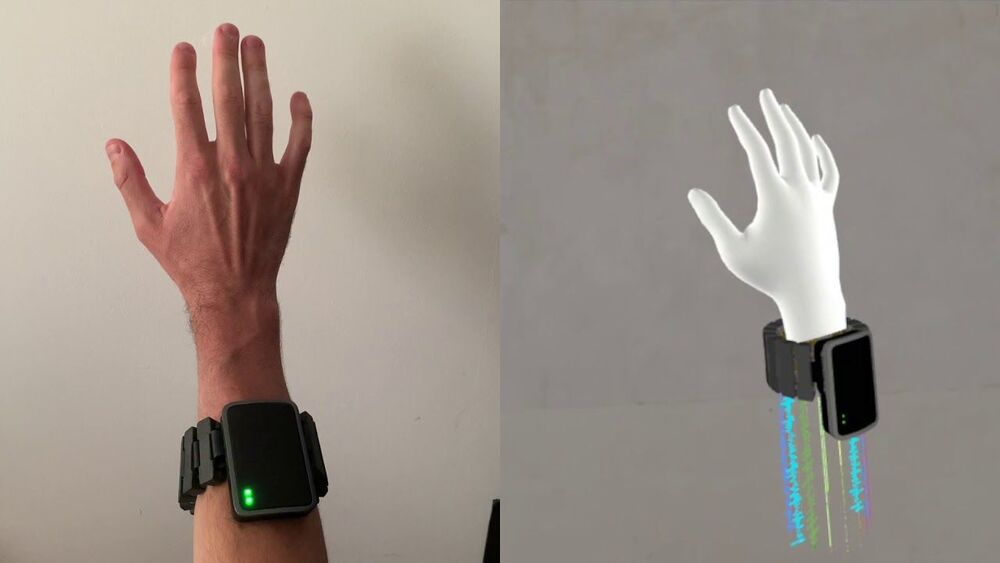
All of which would be nice and handy, but clearly, privacy and ethics are going to be a big issue for people — particularly when a company like Facebook is behind it. Few people in the past would ever have lived a life so thoroughly examined, catalogued and analyzed by a third party. The opportunities for tailored advertising will be total, and so will the opportunities for bad-faith actors to abuse this treasure trove of minute detail about your life.
But this tech is coming down the barrel. It’s still a few years off, according to the FRL team. But as far as it is concerned, the technology and the experience are proven. They work, they’ll be awesome, and now it’s a matter of working out how to build them into a foolproof product for the mass market. So, why is FRL telling us about it now? Well, this could be the greatest leap in human-machine interaction since the touchscreen, and frankly Facebook doesn’t want to be seen to be making decisions about this kind of thing behind closed doors.
“I want to address why we’re sharing this research,” said Sean Keller, FRL Director of Research. “Today, we want to open up an important discussion with the public about how to build these technologies responsibly. The reality is that we can’t anticipate or solve all the ethical issues associated with this technology on our own. What we can do is recognize when the technology has advanced beyond what people know is possible and make sure that the information is shared openly. We want to be transparent about what we’re working on, so people can tell us their concerns about this technology.””
When augmented reality hits the market at full strength, putting digital overlays over the physical world through transparent glasses, it will intertwine itself deeper into the fabric of your life than any technology that’s come before it. AR devices will see the world through your eyes, constantly connected, always trying to figure out what you’re up to and looking for ways to make themselves useful.
Facebook is already leaps and bounds ahead of the VR game with its groundbreaking Oculus Quest 2 wireless headsets, and it’s got serious ambitions in the augmented reality space too. In an online “Road to AR glasses” roundtable for global media, the Facebook Reality Labs (FRL) team laid out some of the eye-popping next-gen AR technology it’s got up and running on the test bench. It also called on the public to get involved in the discussion around privacy and ethics, with these devices just a few scant years away from changing our world as completely as the smartphone did.
Wrist-mounted neuro-motor interfaces
Presently, our physical interactions with digital devices are crude, and they frequently bottleneck our progress. The computer mouse, the graphical user interface, the desktop metaphor and the touchscreen have all been great leaps forward, but world-changing breakthroughs in human-machine interface (HMI) technology come along once in a blue moon.
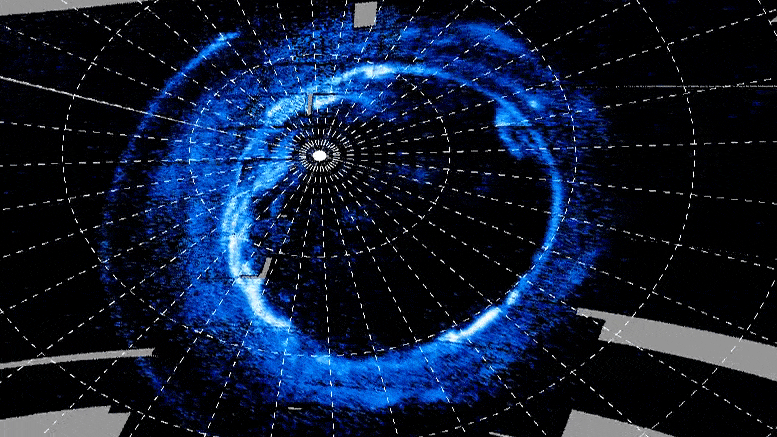
The gas-giant orbiter is illuminating the provenance of Jovian polar light shows.
New results from the Ultraviolet Spectrograph instrument on NASA ’s Juno mission reveal for the first time the birth of auroral dawn storms – the early morning brightening unique to Jupiter ’s spectacular aurorae. These immense, transient displays of light occur at both Jovian poles and had previously been observed only by ground-based and Earth-orbiting observatories, notably NASA’s Hubble Space Telescope. Results of this study were published March 16 in the journal AGU Advances.
First discovered by Hubble’s Faint Object Camera in 1994, dawn storms consist of short-lived but intense brightening and broadening of Jupiter’s main auroral oval – an oblong curtain of light that surrounds both poles – near where the atmosphere emerges from darkness in the early morning region. Before Juno, observations of Jovian ultraviolet aurora had offered only side views, hiding everything happening on the nightside of the planet.

Radio observations of a cold, dense cloud of molecular gas reveal more than a dozen unexpected molecules.
Scientists have discovered a vast, previously unknown reservoir of new aromatic material in a cold, dark molecular cloud by detecting individual polycyclic aromatic hydrocarbon molecules in the interstellar medium for the first time, and in doing so are beginning to answer a three-decades-old scientific mystery: how and where are these molecules formed in space?
“We had always thought polycyclic aromatic hydrocarbons were primarily formed in the atmospheres of dying stars,” said Brett McGuire, Assistant Professor of Chemistry at the Massachusetts Institute of Technology, and the Project Principal Investigator for GOTHAM, or Green Bank Telescope (GBT) Observations of TMC-1: Hunting Aromatic Molecules. “In this study, we found them in cold, dark clouds where stars haven’t even started forming yet.”

7 Feb 2021
ISEC has great hopes for this new year. We have two studies coming to their conclusions, a Baseline Architecture, our conference is scheduled (25÷6 May), and we intend to participate in several others. Our current plans include working with potential sponsors as we present an aggressive program to the space community saying we are here and ready to help your vision. So, I thought I would give you a quick philosophical look at where I think we are and where we need to go. (background body of knowledge at www.isec.org)
Pete’s View of the Space Elevator Adventure: I have been in three mega-projects in space…I was in at the beginning of each; as such, here are my thoughts on success in Mega-Projects.

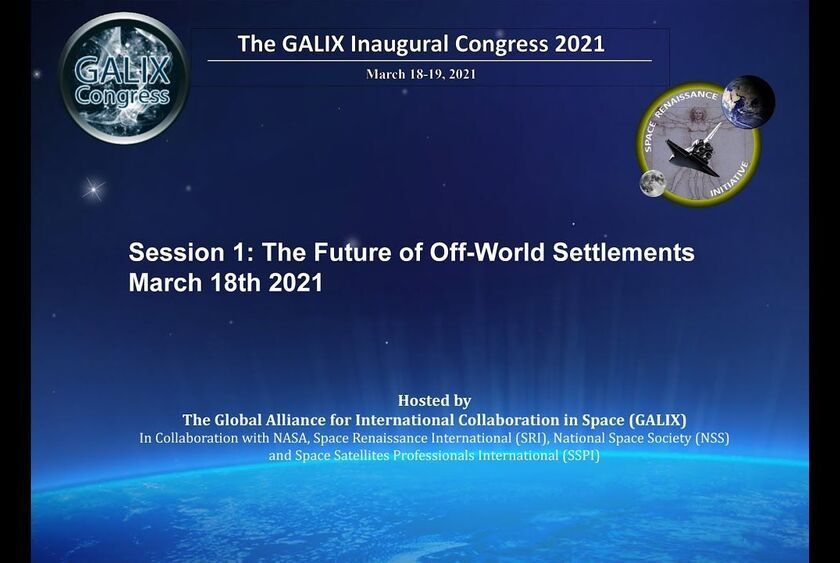
# **A $3.5 Trillions Space Economy in 2040**
The first session of the GALIX Cyber-conference, that took place today, and I was in the panel, together with Michelle Hanlon (ForAllMoonkind), Madhu Thangavelu (Moon Village Association), Alicia Woodly (AXIOM). The panel was excellently chaired by Jean-Jacques Tortora (ESPI).

Success! The SLS Core Stage had a successful eight minute hot fire test at NASA’s Stennis Space Center on 18 March 2021. See the run down to and the full duration eight minute firing of the Core Stage of the Artemis 1 Space Launch System. Now on to KSC and launch!
Engines fire at timestamp 44:09
For gardening in your space habitat (or on Earth) Galactic Gregs has teamed up with True Leaf Market to bring you a great selection of seed for your planting. Check it out: http://www.pntrac.com/t/TUJGRklGSkJGTU1IS0hCRkpIRk1K
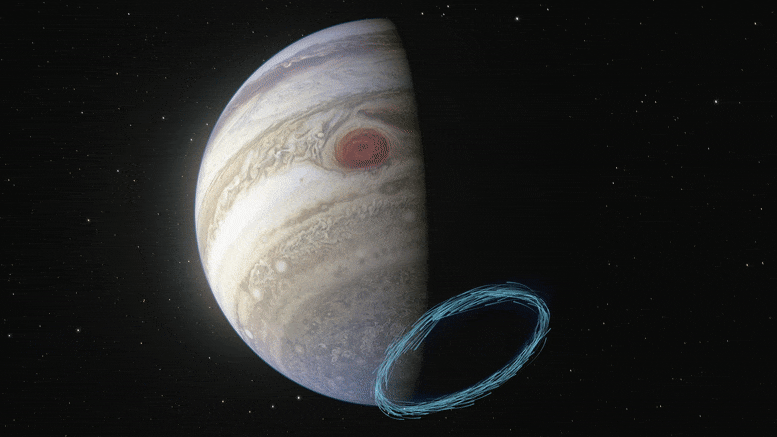
“The most spectacular result is the presence of strong jets, with speeds of up to 400 meters per second, which are located under the aurorae near the poles,” says Cavalié. These wind speeds, equivalent to about 1450 kilometers an hour, are more than twice the maximum storm speeds reached in Jupiter’s Great Red Spot and over three times the wind speed measured on Earth’s strongest tornadoes.
“Our detection indicates that these jets could behave like a giant vortex with a diameter of up to four times that of Earth, and some 900 kilometers in height,” explains co-author Bilal Benmahi, also of the Laboratoire d’Astrophysique de Bordeaux. “A vortex of this size would be a unique meteorological beast in our Solar System,” Cavalié adds.
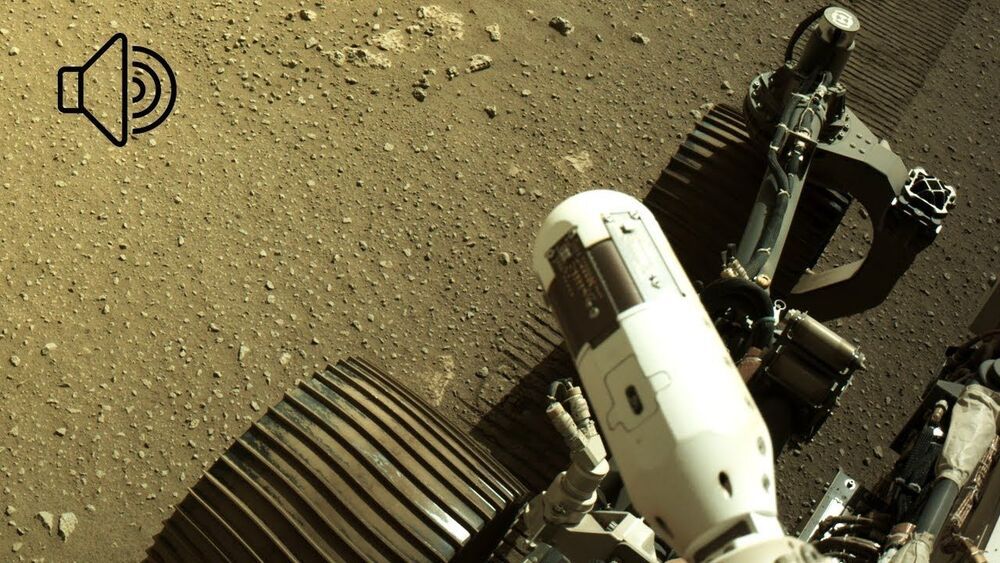
Listen to Perseverance drive! Raw and unfiltered from Mars.
Perseverance captured audio while driving on the surface of Mars’ Jezero Crater on Sol 16. The raw and unfiltered recording has been combined here with imagery captured on the same sol. Full Story: https://www.space.com/perseverance-rover-sounds-driving-mars.
Credit: Space.com | imagery & audio: NASA/JPL-Caltech | produced & edited by Steve Spaleta (http://www.twitter.com/stevespaleta)